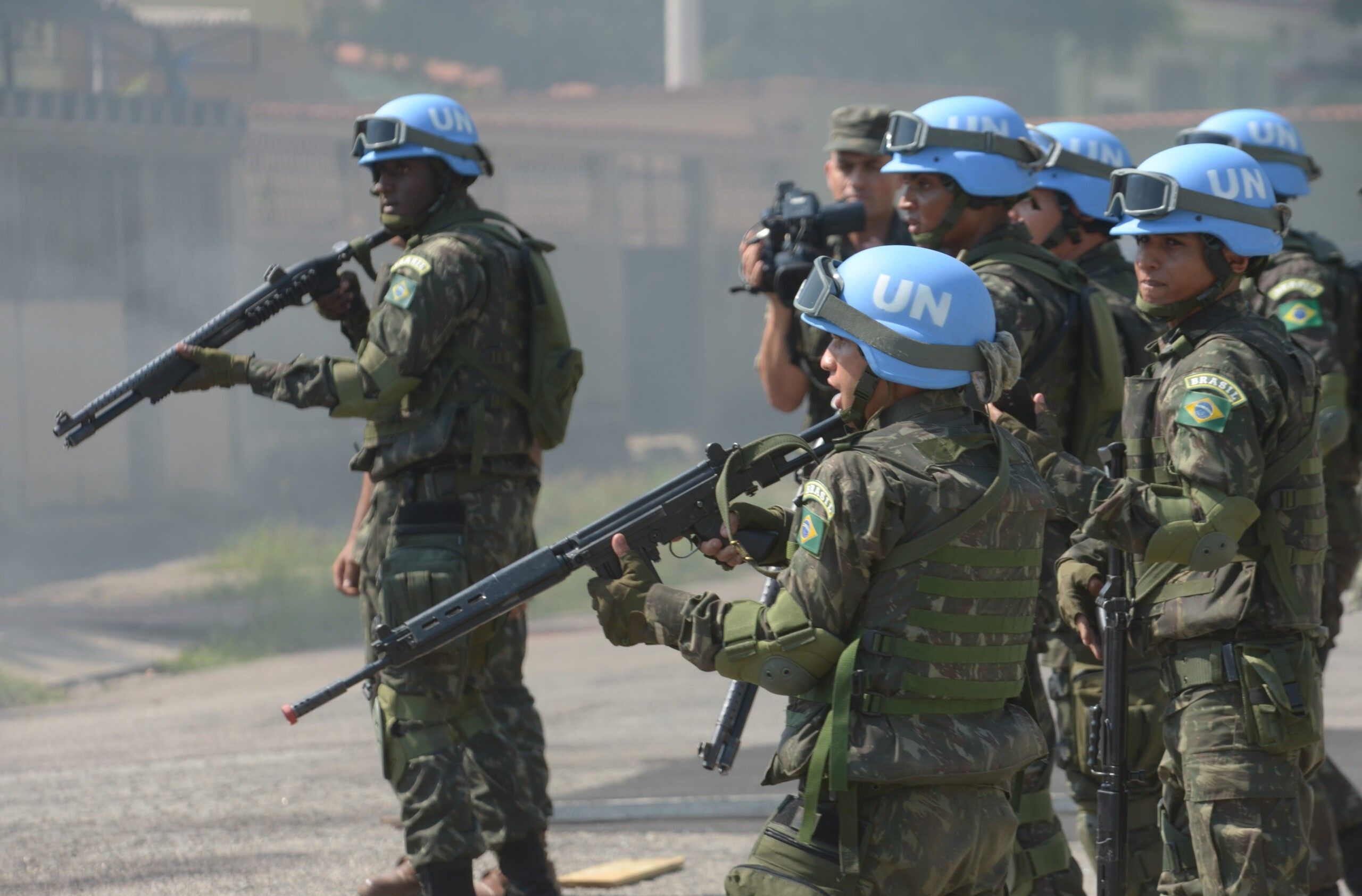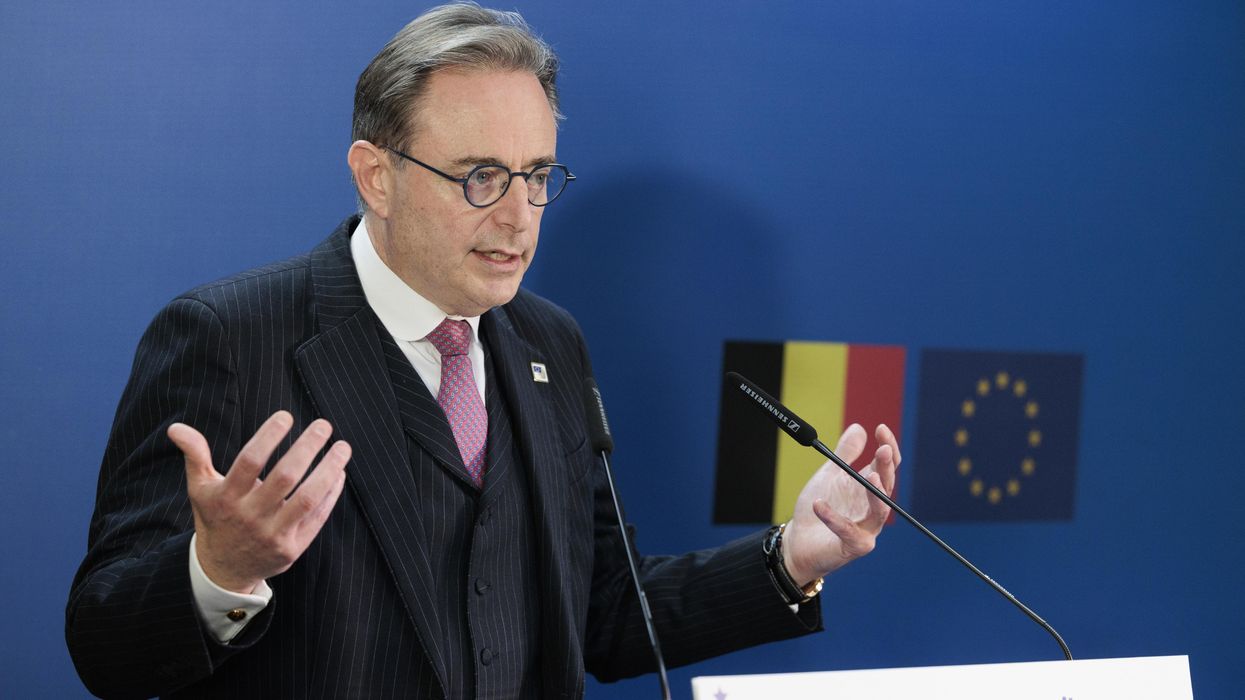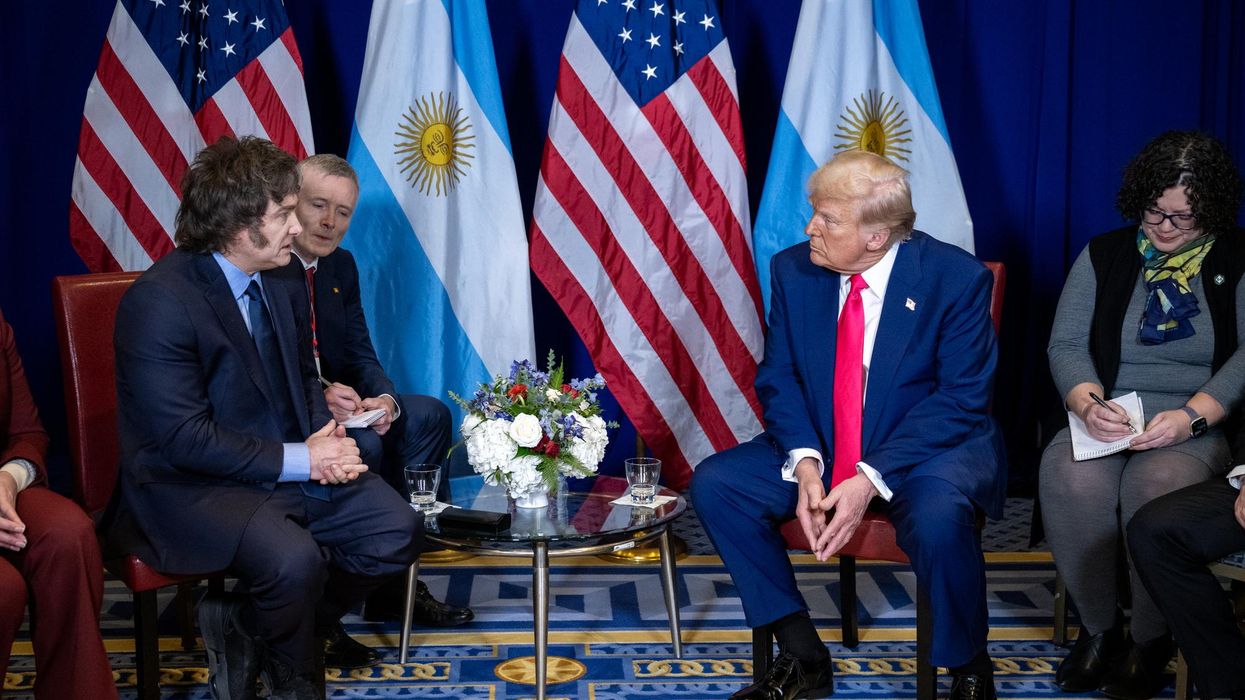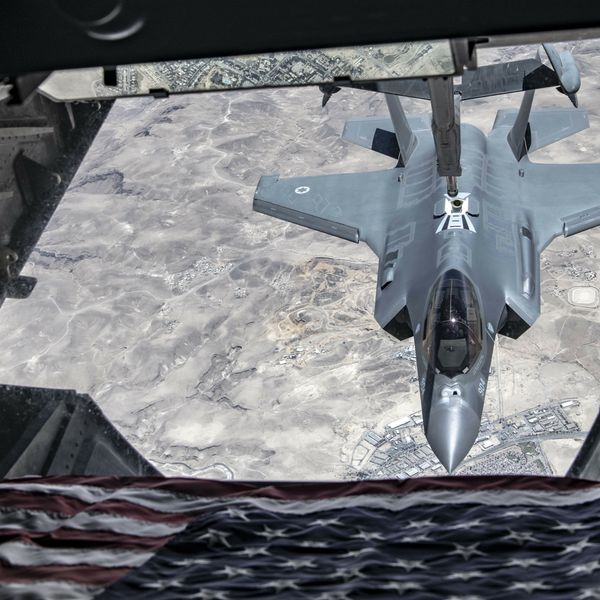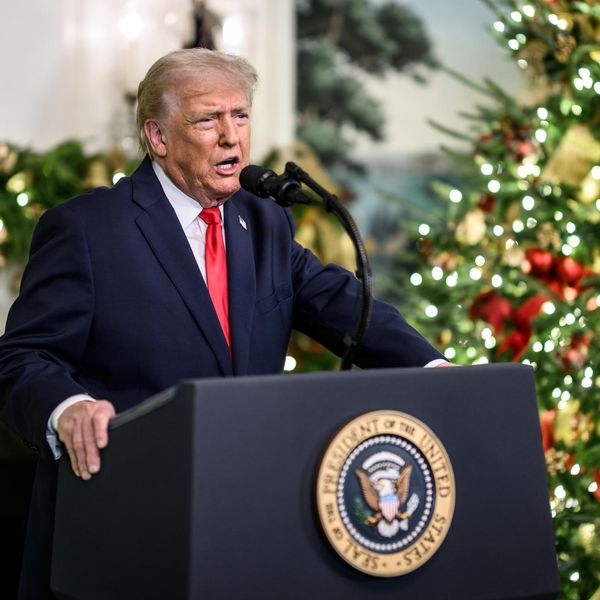Kenyan troops are expected to touch down in Port-au-Prince today, marking the start of a much-anticipated peacekeeping mission. Their arrival coincides with that of Kenyan President Willian Ruto in Washington, whose official state visit to the U.S., meant to strengthen bilateral ties between the U.S. and Kenya, continues today.
The deployment of Kenyan troops aims to alleviate the escalating crisis that has gripped Haiti since the assassination of former President Jovenel Moïse in 2023. In the wake of Moïse’s death, gangs have thrived in the ensuing political power vacuum, prompting acting Prime Minister Ariel Henry to resign in April and agree to the establishment of a transitional government brokered by foreign states, including the U.S.
But with a fragile government established only a few weeks ago and no clear plan for the military operation, doubts linger about how effective the Kenyan force can be in addressing the dire situation. Analysts fear that this is yet another U.S.-backed mission that fails to address the need for deeper structural change in Haiti.
While it may be Kenyan troops on the ground in Haiti, this mission is ultimately engineered by the U.S., Robert Fatton Jr., a professor at the University of Virginia, told RS. After all, it was the U.S. that co-sponsored a resolution in the United Nations Security Council requesting approval for Kenya to lead a multinational peacekeeping operation, a move that followed unsuccessful attempts to persuade Canada and Brazil to do so.
Washington pledged its financial and logistical support for the mission in a defense agreement with Kenya signed in September 2023. It was then that Kenya committed to deploying 1,000 troops to Port-au-Prince. The mission is also expected to include about 1,500 soldiers and police officers from other countries, bringing the total size of the prospective intervention force to 2,500.
This is an unprecedented model for a peacekeeping operation, says Jake Johnston of the Center for Economic and Policy Research. The U.N. is authorizing the multinational intervention but is not leading the mission itself, meaning the U.N. does not have direct oversight and responsibility for how the mission unfolds. With Haiti’s transitional government still on shaky ground, it’s not clear who will be held accountable for the mission’s execution.
The accord that outlines Haiti’s transitional presidential council mandates that a national security council is formed to oversee and define how international support will be carried out, including the Kenyan troops' involvement. But this council still doesn't exist, meaning the outgoing government and the depleted Haitian police force are stuck managing how resources come into Haiti.
“This is all a logistical coordination nightmare,” Johnston says. “You have a mission ostensibly designed to support and build local capacity, but which is being done without the involvement of the government that those same international actors helped put in power.”
Potential shortcomings of the mission don’t end there. The Kenyan troops are supposedly tasked to protect strategic sites in Port-au-Prince such as airports, the palace, and ministries. But it is unclear whether the forces are authorized to engage directly in combat, as well as if or how they will be integrated with the Haitian police force and military. Johnston says this is concerning given that these forces will be operating in densely-populated civilian areas.
Fatton Jr. says the Kenyan forces will also face significant challenges when on the ground in Haiti. It is estimated that there are approximately 200 armed gangs operating in Haiti. Most of them are concentrated in Port-au-Prince, where 2 major coalitions have been fighting for control for years. Fatton Jr. says they are knowledgeable about the terrain, engaging in guerilla urban warfare that will be challenging for a stationary army to face up to.
The gangs have also acquired a higher degree of autonomy that makes them harder than ever to control. They have built up streams of income to fund their activity through drug and weapons trafficking, as well as the capacity to “tax” people by using extortion and threatening punishment. The ensuing chaos and violence has caused hundreds of thousands to flee.
The Kenyan forces will also be met with a language barrier, as they do not speak Haitian Creole, the most widely spoken language in Haiti, a fact that could badly undermine any attempts to communicate with gang leaders.
The size of Kenya’s force further casts doubt on its potential effectiveness. It is expected that only a few soldiers will arrive at first, and that number could eventually climb to 1,000. “I don't see how you can really re-impose a modicum of order in Haiti with 1,000 troops,” Fatton Jr. said.
This slapdash approach makes it clear that the timing of the mission has less to do with the situation in Haiti and more to do with Washington politics, Johnston says, as the U.S. and Kenya’s collaboration on this mission is touted as a success for the U.S.-Kenya security cooperation.
“This is about a symbolic victory for a high profile meeting,” Johnston said. “If you were actually proceeding with a more reasonable approach to Haiti, you'd be coordinating with some entity on the ground.”
For all these reasons, experts argue that this military intervention is a short-sighted remedy to the broader crisis in Haiti. The current emergency is a result of deeply-entrenched inequality in Haitian society, an economic crisis, and an unaccountable government. Military interventions may quell violence for a limited time, but will do little to address its underlying causes.
“We've seen this pattern repeat over and over and over again, whether it be through paramilitary groups locally, or foreign intervention. But ultimately, it is going to just allow this inherently unsustainable system to continue in place,” Johnston said.
Past foreign interventions in Haiti have been complete failures, as Fatton Jr. noted. Most notable is the U.N.-led MINUSTAH mission that lasted from 2004 — when President Jean-Bertrand Aristide was overthrown after being flown out of Haiti by the U.S. with assistance from Canada — until 2017. The mission not only brought a deadly cholera outbreak to Haiti, but failed to establish any institutionalized justice systems or prevent the re-emergence of gangs.
The severity of Haiti’s security crisis today may mean there is a role for the Kenyan military to play, though, Fatton Jr. says. As thousands of Haitians are killed and displaced by the violence, everyone wants to see something change. But the troops will need to be very effective once they arrive, he says, an outcome that is all the more difficult to picture given how unclear plans for the mission’s are.
“There's a very small window of opportunity for the Kenyans, to show that they can, in fact, re-establish a modicum of order,” Fatton Jr. said. “If they can do that, then we'll see what happens.”
Editor's note, May 24 at 9:45 a.m.: This piece has been updated to reflect the total number of soldiers expected to participate in the U.N. authorized peacekeeping mission.
- US ‘prepared’ to deploy troops to Haiti if necessary ›
- No matter how well-intentioned, armed mission in Haiti is a mistake ›
- Biden courts Kenya for regional politics, and Haiti intervention | Responsible Statecraft ›
- US fielding new charges of hypocrisy over Kenya | Responsible Statecraft ›
- Haiti's crisis deepens as foreign troops struggle to curb violence | Responsible Statecraft ›

